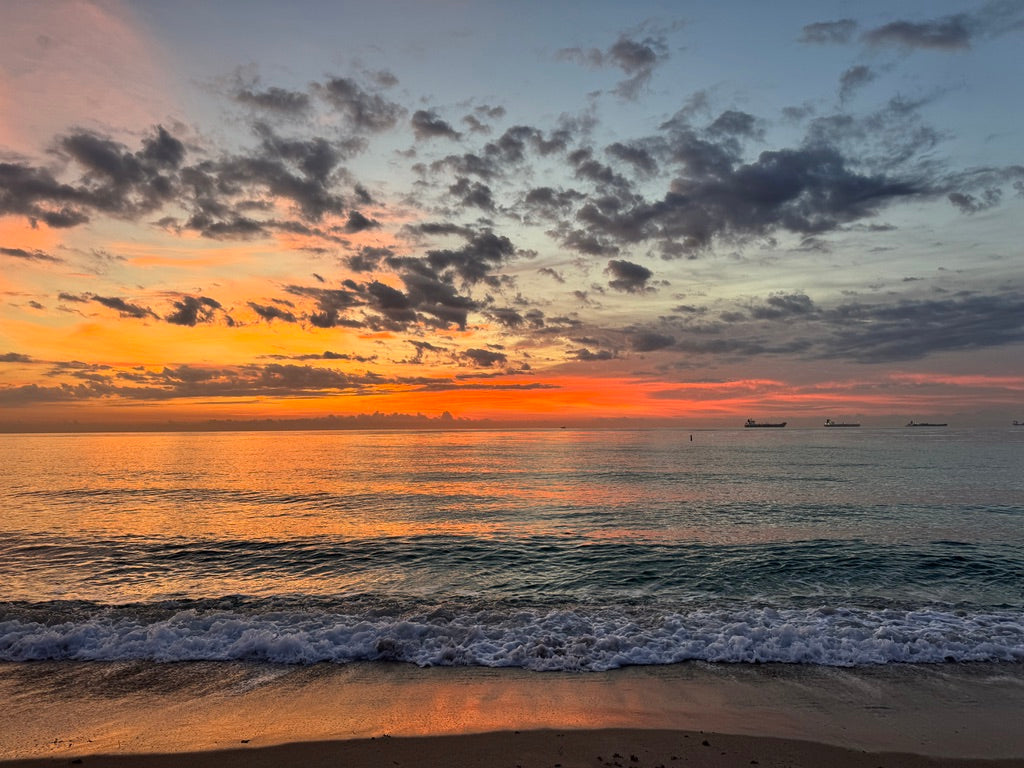Cold plunging involves submerging the body into cold water, typically ranging in temperatures from 59°F all the way down to 39°F. This practice is believed to trigger various physiological responses, including the activation of the sympathetic nervous system, increased endorphin release, and enhanced blood circulation. These effects contribute to the reported benefits of cold plunging, such as reduced muscle soreness, improved mental clarity, and increased energy levels. However, for beginners, the prospect of submerging in frigid waters can be daunting.
This article outlines a gradual 8 week approach to ease into cold plunging, transitioning from a relatively mild 59°F to a brisk 39°F, while reducing immersion time from 7 minutes down to 3 minutes.
Based on my personal experience, I decided to create a range finder with temperature and time guidelines to help others with their cold plunge journey. Keep in mind, each person's tolerance can be different and the most important thing is to listen to your body. If you have pre-existing medical conditions, please consult your doctor in advance.
Time & Temperature Targets:
How often should I cold plunge?
We recommend 3-4 cold plunges a week to achieve this target. This will help adapt your body to the cold and start the routine.
Week 1-2: Getting Acclimated
Begin your cold plunging journey by setting the water temperature to 59°F. Aim for 7 minute sessions focusing on steady, deep breathing to calm the initial shock to the system. During this phase, the goal is to become comfortable with the routine of cold plunging and to start experiencing the initial benefits, such as enhanced alertness and invigoration.
Keep in mind that after the initial acclimation phase, you will be gradually reducing the water temperature by 5°F each week. This gradual reduction helps the body slowly adapt to colder temperatures, making the transition smoother and more manageable. As you become more comfortable with lower temperatures, you will also start adjusting the duration of your cold plunges. Reducing immersion time can help mitigate the intensity of the cold as temperatures continue to drop.
Week 3-4: Feeling the Rush
By weeks 3 to 4, your water temperature should be 54°F. Decrease immersion time from 7 to 6 minutes, maintaining focus on deep breathing and relaxation techniques. At this stage, you might start noticing an increased tolerance to the cold and improvements in recovery time after plunging.
Week 5-6: Halfway there
By this timeframe, the water temperature should be reaching 49°F. Feels good to reach the 40 degree milestone range. You thought you'd never get here when you started but here you are. Reduce the immersion time from 6 to 5 minutes. This adjustment helps in acclimating to colder temperatures without overwhelming the body, maintaining the balance between challenge and comfort.
Week 7-8: Embracing the Cold
By week 7, we should be aiming to lower the water temperature to 45°F, with immersion time around 4 minutes. This phase is crucial for preparing the body for the last step. It's important to listen to your body and ensure you're not pushing beyond your comfort and safety limits. This range can provide the full spectrum of benefits associated with cold water immersion. This stage requires careful attention to your body's responses and a willingness to adjust based on comfort and safety.
Graduation: 39°F for 3 Minutes
Reaching this mark is a significant milestone in your cold plunging journey. At this stage, limit immersion time to 3 minutes to ensure safety and to prevent hypothermia risk. The intense cold will provide a robust stimulus to the body, offering the potential for significant benefits.
Getting into the 30 degree mark is a huge milestone and your body and mind should be feeling the full benefits of cold plunging.
Safety and Listening to Your Body
It's important to prioritize safety throughout the process of acclimating to colder temperatures. Always listen to your body and be willing to adjust the temperature and duration as needed. Signs of hypothermia or excessive discomfort should not be ignored, and warming up after each session is crucial. I suggest warming up naturally through ambient temperatures so you can continue to indulge in the cold plunge properties.
Tips for Success
- Consistency: Regular practice is key to acclimating to colder temperatures. Aim for consistent sessions, ideally daily or several times a week.
- Mindfulness and Breathing: Focusing on deep, steady breathing helps manage the initial shock and discomfort of cold plunging. Mindfulness can also enhance the experience, turning it into a meditative practice.
- Gradual Progression: Avoid rushing the process. Gradual adaptation to colder temperatures ensures a safer and more enjoyable experience.
- Post-Plunge Warming: Develop a routine for warming up after each plunge, such as light exercise or wrapping up in warm clothing, to gradually bring your body temperature back to normal.
- Health Considerations: Consult with a healthcare provider before starting cold plunging, especially if you have underlying health conditions.
Easing into cold plunging from 59°F to 39°F over 8 weeks is a journey that requires patience, resilience and a mindful approach. By gradually decreasing the water temperature and immersion time, individuals can safely explore the benefits of cold plunging while minimizing the risks. With each plunge, the body's tolerance to cold increases, potentially unlocking a range of physical and mental health benefits. Remember, the key to successful cold plunging lies in listening to your body, ensuring safety, and embracing the process with an open and resilient mindset.


